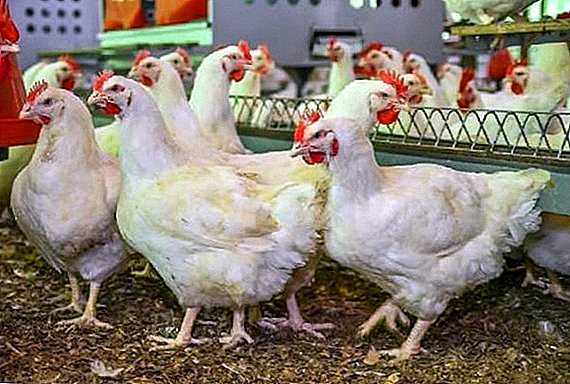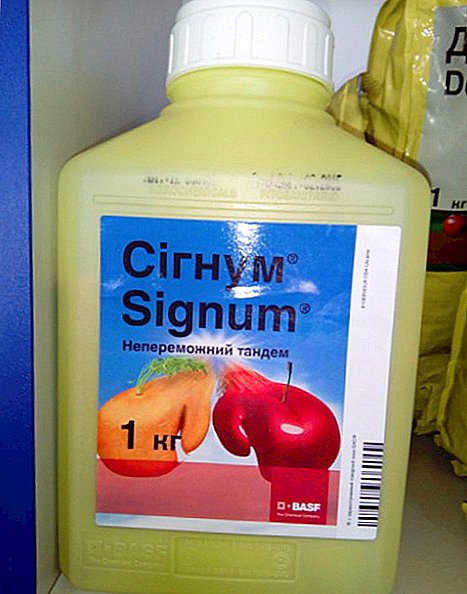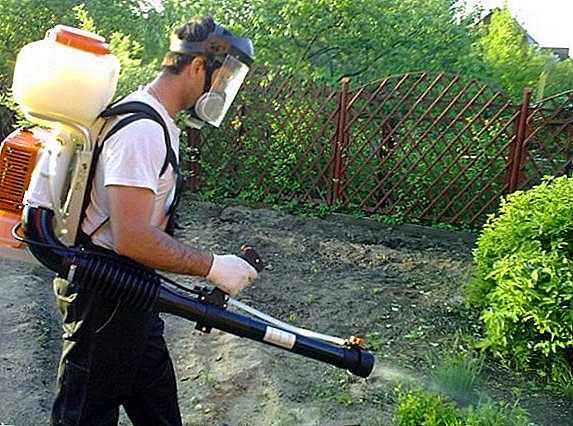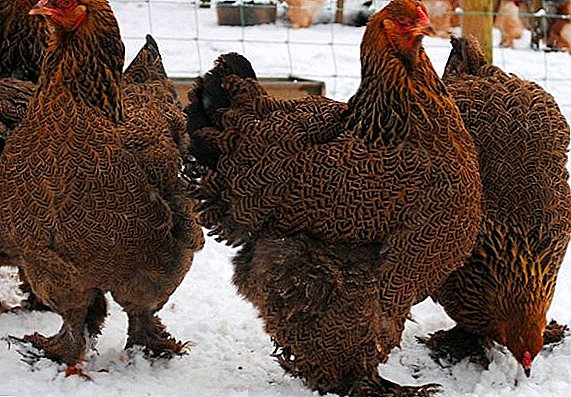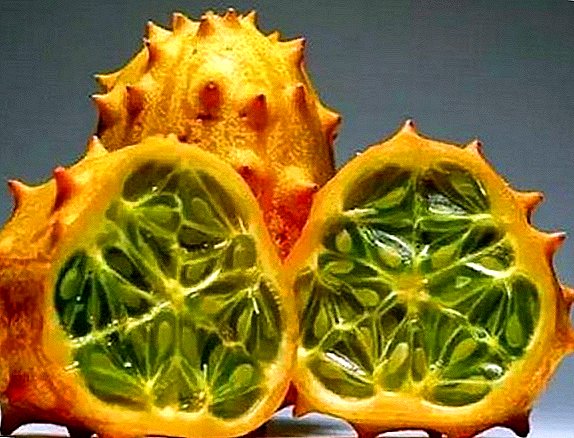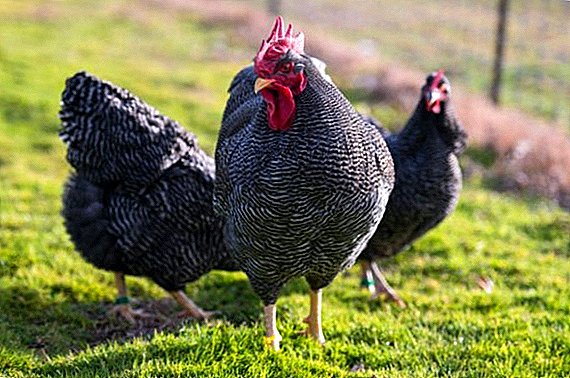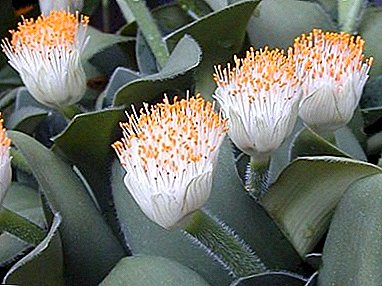
Every day you never stop wondering how unique and unique the world of indoor plants is.
In it, everyone can find for himself the flower that would fit the interior and create a feeling of home comfort. Among the unique representatives of the fauna gemanthus occupies a separate place.
Origin
On the windowsills of city apartments, the flower is often found, although not everyone knows its scientific name. In everyday life, it is called "deer tongue", and in Greek it means gemanthus "red (bloody) flower." In Europe, he first appeared in the 17th century thanks to the Swedish naturalist Carl Linnaeus, who brought him from Africa.
Description and characteristics
Gemantus are bulbous, deciduous plants of the Amaryllis family. Characterized by wide, elongated leaves, umbellate-shaped inflorescences, charming flowering.
In the photo a variety of flowers of white flowered hemantus or deer tongue:





Kinds
 Botanists count 22 species, the most popular of which are:
Botanists count 22 species, the most popular of which are:
- Pomegranate - attractive flower with scarlet large inflorescences of a rounded shape, about 10-13 cm in diameter. It grows on the rocky soils of South America. The leaves are green, juicy, 25-30 cm longtapered towards the base, slightly wavy.
- Belotsvetkovy - the most common form. Differs in large, light, snow-white inflorescences, umbrella-shaped. Stamens pronounced, bright, yellow. The inflorescences are wrapped in white-green bracts. The leaves are green, bright, juicy, about 35-40 cm long. During the rest period, it may not shed its leaves, which is also a characteristic feature of the species.
- Catherine's Gemantus - grows on the rocky hillsides of Natal in Africa. Differs in intensive growth, large scarlet-red flowers. Green bulbs. The stem is strong, tall, 13-16 cm long. The leaves are fleshy, juicy. Some scientists consider it a hybrid grenade species. Flowering period: July-September.
- Gemantus Linder - bulbous plant with a strong stem and rhizome. In nature, it is found in a mountainous area near the tropical humid forest of the Congo. The leaves are wide, elongated, juicy, long 25-30 cmrounded to the base. Inflorescences umbrella-shaped, 18-20 cm in diameter, scarlet-red color.
Home care
 Growing a flower is not difficult. It is enough to follow the simple rules of care.
Growing a flower is not difficult. It is enough to follow the simple rules of care.
Lighting features
The flower prefers good lighting, but does not like to be exposed to direct sunlight. Conditions should be created diffused lighting.
The ideal place in the apartment is the windows of the west, east side, southeast side. When grown on the north side, the plant may not bloom.
Gemantus sensitive to overheatingLeaves burn easily. On hot summer days, set aside the pot from the windows.
Temperature conditions
Observe a comfortable temperature in the apartment (19-23 degrees). Late autumn comes a period of rest. The plant contain at a temperature of 14-15 degrees.
note, which is a characteristic feature of many species is the dropping of leaves and stem in a dormant period.
More often air the room. At the same time avoid temperature drops, drafts.
Watering
Watering should be moderate, careful. An excess of moisture easily leads to rotting.
- Between irrigation, the soil should dry approximately one third.
- After watering on the surface of the soil and in the pan should not be water.
Humidity
 Gemantus calmly carry dry air. Feel comfortable without spraying in the heating winter season. It is recommended to wipe the leaves from time to time with a damp cloth or rinse under a warm shower, refreshing and cleaning from dust.
Gemantus calmly carry dry air. Feel comfortable without spraying in the heating winter season. It is recommended to wipe the leaves from time to time with a damp cloth or rinse under a warm shower, refreshing and cleaning from dust.
The soil
The soil should be light, nutritious, it is good to pass oxygen, water.
- Best suited mixture consisting of greenhouse, sod, deciduous land with the addition of peat.
- You can buy ready-made mixture for growing pot plants, but pay attention to the composition! If necessary, add brick dust or sand for drainage.
Top dressing
During the period of growth and flowering feed organic fertilizers. Feeding is not required in winter.
Pruning
Gemantus is not required pruning, but from dried leaves and peduncles should get rid of. Do not rush to remove them ahead of time, so as not to damage the flower.
Transfer
As a rule, onions are replanted every two to three years with the onset of spring. If the old bulbs are not replanted, the flowering abundance will begin to decrease.
be carefulTry not to hurt the roots. Hemantus painfully tolerates it.
Landing features
During the landing should observe some rules:
- The tip of the bulb during planting must necessarily remain on the ground. Do not fill it completely with soil, otherwise it will lead to the appearance of rot, improper oxygen supply.
- Choose a wide and not deep pot with a drain hole at the bottom.
- The ideal time for planting - the beginning of spring.
Breeding
There are several ways to breed.
- The simplest is by young onions, formed next to the mother. In the spring they can be separated and transplanted into separate pots.
- Can be propagated by leaf cuttings. To do this, one of the large leaves is separated along with the base, treated with a cut of charcoal and placed in a peat-sand mixture for rooting. Once the bulb is formed, it can be transplanted into the soil for permanent cultivation.
- You can grow from seed, but in the practice of indoor floriculture, this method is rarely chosen. It is too laborious and requires more patience and strength.
The video gives general guidelines for reproduction and planting:
notethat after breeding gemantus begins to bloom only after 3-4 years! Until this time, try to follow the proper care.
Bloom
 It comes in the summer. Try to pay more attention at this time to the correct mode of watering, fertilizing, adherence to temperature.
It comes in the summer. Try to pay more attention at this time to the correct mode of watering, fertilizing, adherence to temperature.
Can I keep a flower at home?
Some gardeners are afraid to keep gemantus at home, as it belongs to the poisonous representatives of the fauna. In fact only his bulbs are dangerouswhich contain a high concentration of toxins. When handling a flower, try to follow simple rules:
- Keep it away from small children and pets.
- Plant and transplant only with gloves.
Diseases and pests
The flower has good immunity, which protects it from pests and diseases. Problems with growing most often appear in violation of the rules of care.
- Too high a temperature in the room can lead to the appearance of a scythe. Pests are located on the lower or upper side of the leaves. The leaves begin to dry out and fall off. An effective method of struggle is treatment with karbofos, roger.
- The spider red mite is causing quite a few troubles. It multiplies rapidly and envelops the leaves with a thin web. To destroy it, the plant is washed under warm water, treated with a solution of actellica or insecticidal soap.
- It is very dangerous the occurrence of root rot, which is formed when excessive watering. Most often, the plant is thrown away, but you can try to transplant it into a new pot with pretreatment of the bulbs in a solution of potassium permanganate.
Benefit and harm
 In medical practice, there is no evidence that gemantus brings any benefit to human health.
In medical practice, there is no evidence that gemantus brings any benefit to human health.
- Once upon a time, African tribes used its juice as an anti-inflammatory agent. for wounds and burns.
- It was also believed that the flower contributed to the protection of the house. from evil spirits, helped to preserve harmony and peace in the family.
Hemanthus is a charming, unique plant that is increasingly preferred by many growers. If you follow the simple rules of care, it will become a real decoration of your interior! Do not forget that the flower is poisonous, therefore it requires careful handling during landing.


